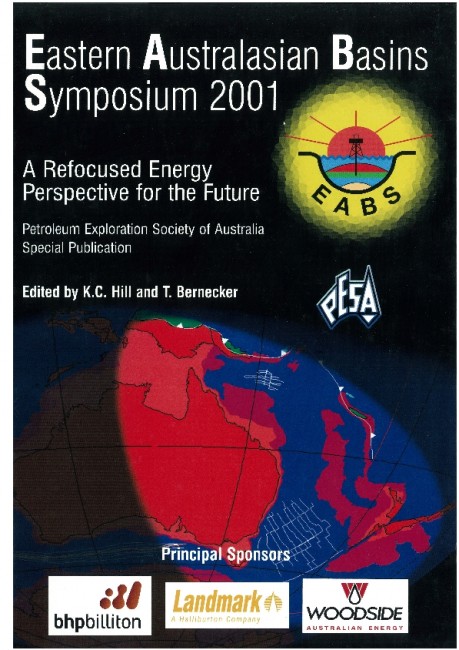Publication Name: Eastern Australian Basins Symposium 2001
Authors: P.R. King and G.H. Browne
Date Published: November 2001
Number of Pages: 34
Reference Type: Magazine Article
Abstract:
Two turbidite formations, Moki and Mount Messenger, represent discrete progradational sandy pulses in an otherwise mud-dominated regressive Miocene succession in the Taranaki Basin, New Zealand. The fairwaysfor these formations overlap, with best development of mid-Miocene Moki sandstones in central-southern regions, and of Late Miocene Mount Messenger sandstones in central-northeastern areas. Both formations have comparable seismic reflection and gamma/SF log attributes, and are characterised by fine to very fine grain size, and litharenite to feldspathic litharenite composition indicative of a primarily metasedimentary provenance. Differences in average porosity and permeability between the two formations (Mount Messenger 20%, 211 mD; Moki 15%, 32 mD) primarily reflect differing degrees of burial and physical grain compaction. A sequence stratigraphic model deduced from superb exposures of the Mount Messenger Formation along the north Taranaki
coast can also be applied to the Moki Formation, given the overall similarities between the two intervals. This model can serve as both a test of other models established for deep-water strata worldwide, and as an
analogue for further exploration. We suggest that each formation represents a progradational third-order succession comprising basin floor fan and overlying slope fan elements, and superimposed stacked
fourth-order lowstand sequences. Basin floor fan cycles fine upwards, from overtly massive sandstone facies with high net:gross, through thinly interbedded sandstones/siltstones, to massive siltstones with low net:
gross. Basin floor fan facies have wide areal extent, but exhibit compensation-style depositional switching at bed-scale and lobe-scale, which has implications for reservoir continuity. Seismic, log, and outcrop data indicate that sandstones in upper parts of each formation have more channelised than sheetlike stratal geometries. These upper intervals are attributed to deposition on fan aprons at or close to the base of the advancing slope.


